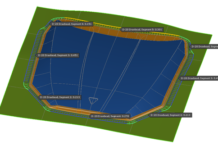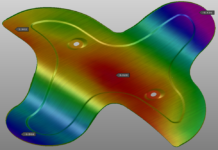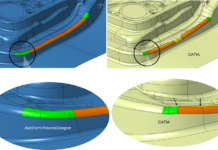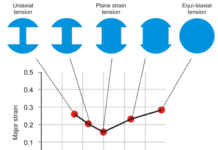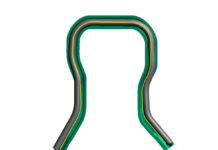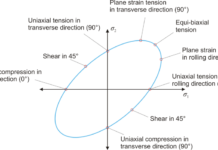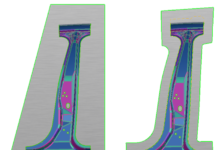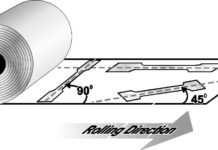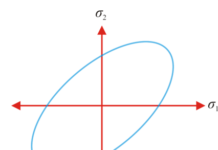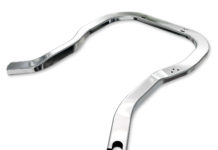Home 2016
Yearly Archives: 2016
What is passing?
After the recent posts on failure prediction based on FLCs, several inquiries arrived through the blog and social media, regarding interpretation of other outputs for...
Adjusting complex process variables: Drawbead shapes
In Finite Element Analysis, it is common to treat the metal restraint due to draw beads as numerical factors applied along a curve or...
Hemming feasibility
We had the honor to be selected as the computer simulation partner for a recent Auto/Steel Partnership (A/SP) study that considered the feasibility of...
Generic CAD or Dedicated Surfacing tools for Die Face design
Fifteen years ago, AutoForm introduced a novel idea to the sheet metal stamping industry: AutoForm-DieDesigner, a sheet metal simulation integrated-draw die-face development product. With...
Material Matters: Knowing your limit
The Formability of sheet metals
Previous posts Materials Matters, "the known unknowns" and “Material plasticity visualized” covered the general aspects, common terminology, and formulation of...
Springback Compensation in Hydroformed closed section parts
For the continued growth of tube-hydroforming, better methods for creating and validating springback compensation are essential. Upcoming vehicle programs forecast increasing use of Advanced...
Stamping System: Press speed and lubrication challenges
Lately, one of the most frequently asked questions in metal forming simulation has been “Can your software model the effects of a servo press?”...
Tribology, friction, and lubrication: A new dimension to metal forming simulations
In our previous post on the stamping system, several environmental variables within production sheet metal stamping are mentioned. In that post we listed variables...
Material Matters: Sheet metal plasticity visualized (part 2 of 2)
As already discussed in Sheet metal plasticity visualized (part one) there are four main components needed to model the plastic deformation of sheet metals:...
Stamping System: Blank Shape, Size, and Location
The blank is one of the first parameters defined in a stamping simulation; it’s mechanical properties, shape, and location in the tool. However, many...
Lubrication values for simulation
We are pleased that the SME (Society of Manufacturing Engineers) Stamping and Dies Technical Group and Metal Forming Simulation Technical Group will host a...
Material Matters: Sheet metal plasticity visualized (part 1 of 2)
As already discussed in the post “Constitutive modeling of sheet metal” there are four main components needed to model the plastic deformation of sheet...
Success Story: Godrej Tooling implements robust compensation
Springback of sheet metal stamped parts is a challenge faced by tooling suppliers and their customers; parts produced in stamping dies require significant effort...
Material Matters: modeling of sheet metal- the “known unknowns”
Modeling of sheet metal stamping can raise many questions regarding the validity of engineering decisions based on finite element analysis. Knowing only the grade...
Simultaneous Engineering of Sheet Metal Parts
There is a long history of people promoting the idea of simultaneous engineering of product and processes. However, in many cases, the term “simultaneous...
Robust springback compensation success at Shanghai Volkswagen
Springback compensation is one of the key challenges in the field of die face engineering. We have mentioned the challenges with compensating springback several...
The Stamping System
A recurring theme on this blog, so far, has been sources of variation in production that might not be apparent to engineers when defining,...
Springback in Tube-Hydroformed Parts
Springback in sheet metal stamped parts is an often discussed topic. However, springback of closed-section tube-hydroformed parts is addressed less often. One possible reason...




